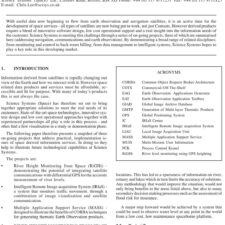Direct Fusion Drive for Interstellar Exploration
£5.00
S. A. Cohen et al. (2019), JBIS, 72, pp.37-50
Refcode: 2019.72.37
Abstract:
The Direct Fusion Drive rocket engine (DFD), based on the Princeton Plasma Physics Laboratory’s Princeton Field Reversed Configuration machine, has the potential to propel spacecraft to interstellar space and to nearby solar systems. This paper discusses a design for a starship that would be well suited to a variety of solar system and interstellar missions. DFD employs a unique plasma heating system to produce nuclear fusion engines in the range of 1 to 10 MW, ideal for human solar-system exploration, robotic solar-system missions, and interstellar missions. This paper gives an overview of the physics of the engine. Its innovative radiofrequency (RF) plasma heating system and the fuel choice are explained. The thrust augmentation method is described along with results of multi-fluid simulations that give an envelope of expected thrust and specific impulse. The power balance is described and the subsystems needed to support the fusion core are reviewed. The paper gives the latest results for the system design of the engine, including just-completed work done under a NASA NIAC study. A mass budget is presented for the subsystems. The paper then presents potential interstellar missions. The first are flyby missions. One is the proposed 550-AU mission that would use the Sun as a gravitational lens for exoplanet research. This mission can be done without a deceleration phase. Next, flyby missions – requiring major technological advances – to the nearest star are described. Finally we sketch a mission to orbit a planet in either the Alpha Centauri A or Alpha Centauri B systems. The mission analyses include a communications system link budget. DFD can operate in an electric-power-only mode, allowing a large fraction of the fusion power to be used for the payload and communications, enhancing the scientific return. All of the missions start in low Earth orbit.





